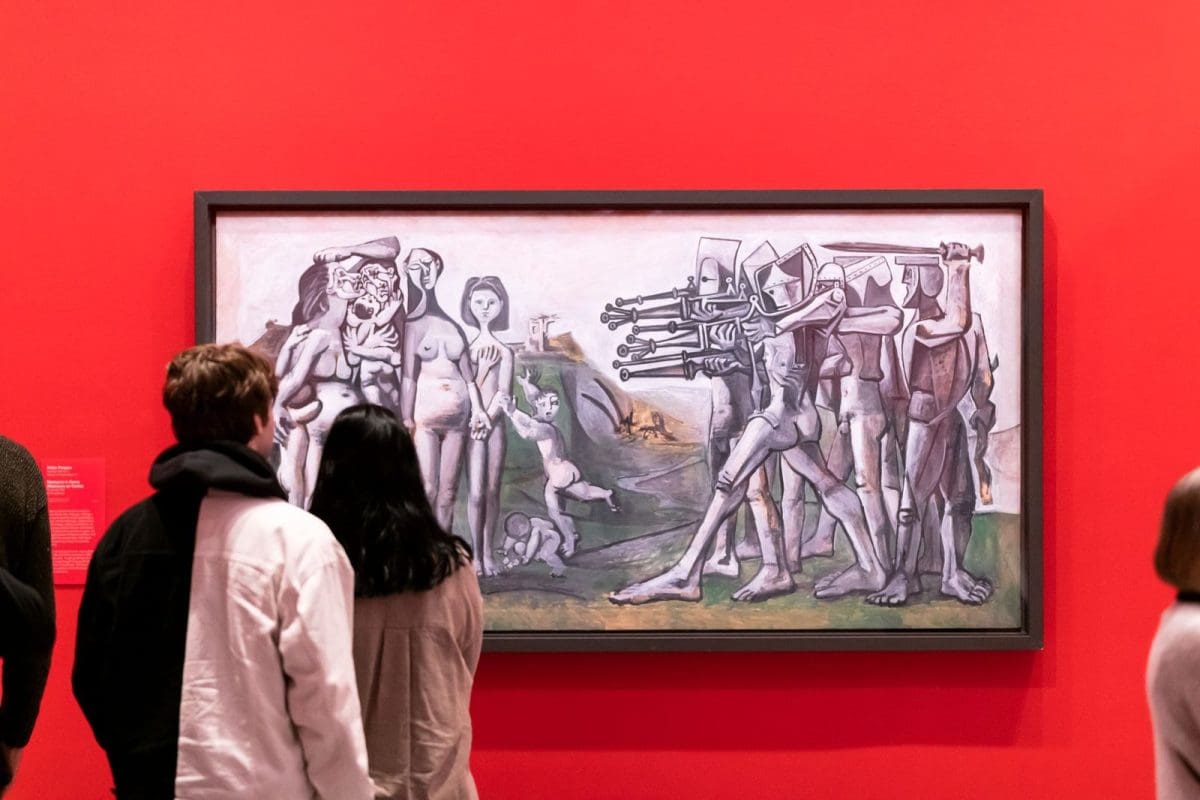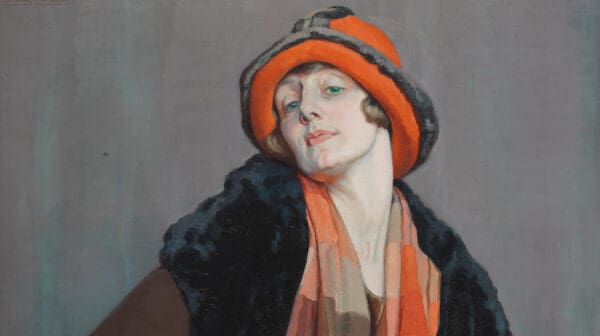Two things appear to be happening simultaneously in art spaces today: on the one hand, museum and gallery institutions are decrying the lack of diversity in their exhibitions and collections. On the other hand, there continues to be a rotating door of popular exhibitions centred on historical white male ‘masters’. From larger institutions like the National Gallery of Australia—which straight after the women-focused Know My Name exhibition held the show Botticelli to Van Gogh: Masterpieces from the National Gallery, London—to regional galleries that celebrate the male masters of Australian Impressionism, there still seems to be a connection with ‘male’ and ‘master’.
In the city of Melbourne where I live, every year for around 100 days during the colder months, the National Gallery of Victoria hosts an exhibition as part of the Melbourne Winter Masterpieces series. Initiated and supported by the Victorian Government since 2004, these annual exhibitions bring international artists to Melbourne audiences, boosting tourism during the traditionally quieter winter months. In the 18 exhibitions held at the NGV and ACMI as part of the series, 17 have focused predominantly on European artists or American collections, from French Impressionists to filmmaker Tim Burton to musician David Bowie. The one Asian offering on this list was Terracotta Warriors: Guardians of Immortality in 2019—notably it is one of the highest visited shows, with over 377,000 attendees, and listed first on the Creative Victoria website.
Despite having written a number of articles on the tedium of major exhibitions centralising male masters, I don’t believe in throwing the baby out with the bathwater. I come from a rigorous academic background in art history, and I recall René Magritte as my ‘first artist love’—his work is tattooed onto my skin for the rest of my life. I vividly remember my first time visiting MoMA in New York, and my reaction upon seeing Van Gogh’s Starry Night in person (it’s smaller than I expected). I am not ashamed to have a myriad of art historical paraphernalia grace my walls at home, some created by dead white men, and I follow more art history meme accounts than I’d like to admit.
Even with my affinity for art historical offerings, I view the cycle of ‘blockbuster’ exhibitions at major institutions with growing frustration—especially when ‘blockbuster’ and ‘Winter Masterpieces’ are often associated with historical male artists, and rarely used to describe living artists of colour, or female or First Nations artists. What at first was a joke amongst my peers—“Yet another dead white male artist show”—has lost its satirical or ironic tone with the recognition that for all the talk of institutional change over the last few years, our museums, galleries and funding bodies seem intent on preserving the status quo.
While I recognise that recent exhibitions like Know My Name at the NGA and Bark Ladies at the NGV give representation to women and First Nations artists, on a recent visit to the Picasso Century at the NGV I once again pondered this blockbuster cycle. I found myself in a space where many of the most celebrated artworks were mostly never made by someone who looked like you, let alone cared for you as a person.
As someone whose adult life has centred on art and its appreciation, I find it staggeringly difficult to reconcile this unwelcomeness with the love I have for art and its history. When I teach undergraduate fine art students, I speak of art history, and in particular European Modernism, as a story of cultural legacies—ones that we inherit, but also have a say in choosing to write about, learn about, and uphold. But while I teach future artists to critically consider these legacies, museums and galleries continue to hold exhibitions that further mythologise the ‘masterpieces’ of our past—instead of creating new myths beyond white male artists.
Picasso is only one of a handful of artists that continue to receive this mythologising treatment, but his example is worth mentioning in part because of his documented misogyny and poor treatment of women. It does not take much more than a google search to find countless critiques of Picasso. Picasso is a ‘safe’ choice, not only to exhibit but also to critique, because numerous accounts exist already. Mine is another voice in this chorus.
The Picasso Century is an interesting offering as it’s about more than the eponymous artist. It could easily be renamed Picasso and Co. because that is where the exhibition’s remit clearly lies. By connecting Picasso to his peers, the contentiousness of his art is belied by including a number of women artists who were working in the same epoch. While it partly denies Picasso’s role as a ‘sole creative genius’, it also acts as an effective shield to critiques such as this: an effort to address the issue of diversity, while continuing to carry on with Picasso at the centre.
The frustration is that institutions will critique artists like Picasso, while still continuing to host exhibitions, symposiums, and publications to his name and influence. In some ways, I believe that institutions welcome the critique, because it’s another aestheticised form of resistance. In a #MeToo era, where student numbers at Australia’s major art schools are predominantly female, and when anti-racist activism around the world continues to strive for equity, to continue to program European male ‘master’ exhibitions feels out of touch.
It shows the lacking imagination of cultural leaders. While an easy justification for ‘masterpiece’ exhibitions is the high attendance and popularity of the shows (and I acknowledge that many people cannot afford a ticket to Europe), I wonder if it isn’t the role of our cultural leaders to expand the artistic imagination of Australian audiences. Without changing the goal posts of what we want and deserve, we risk stagnation and mediocrity.









